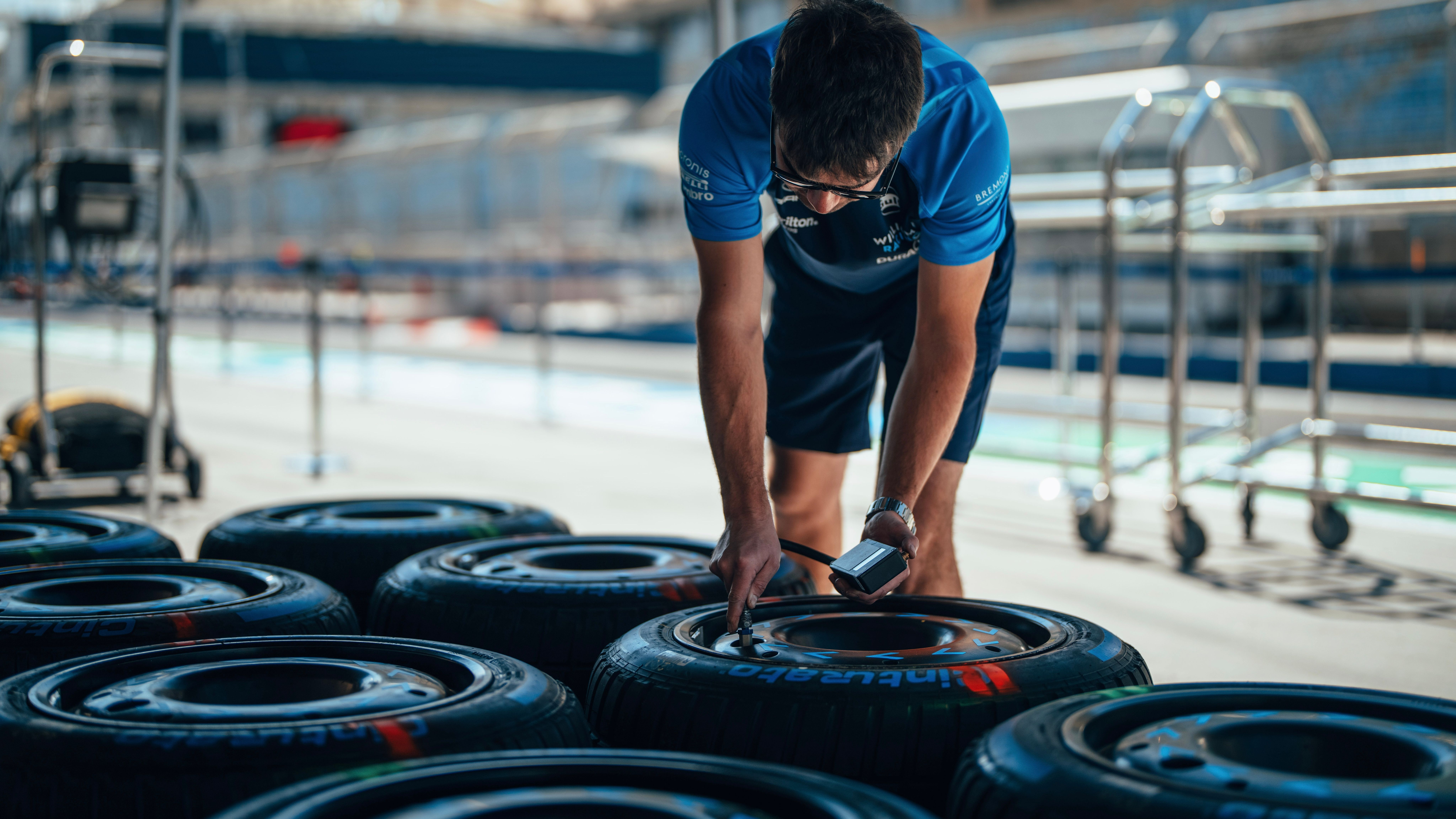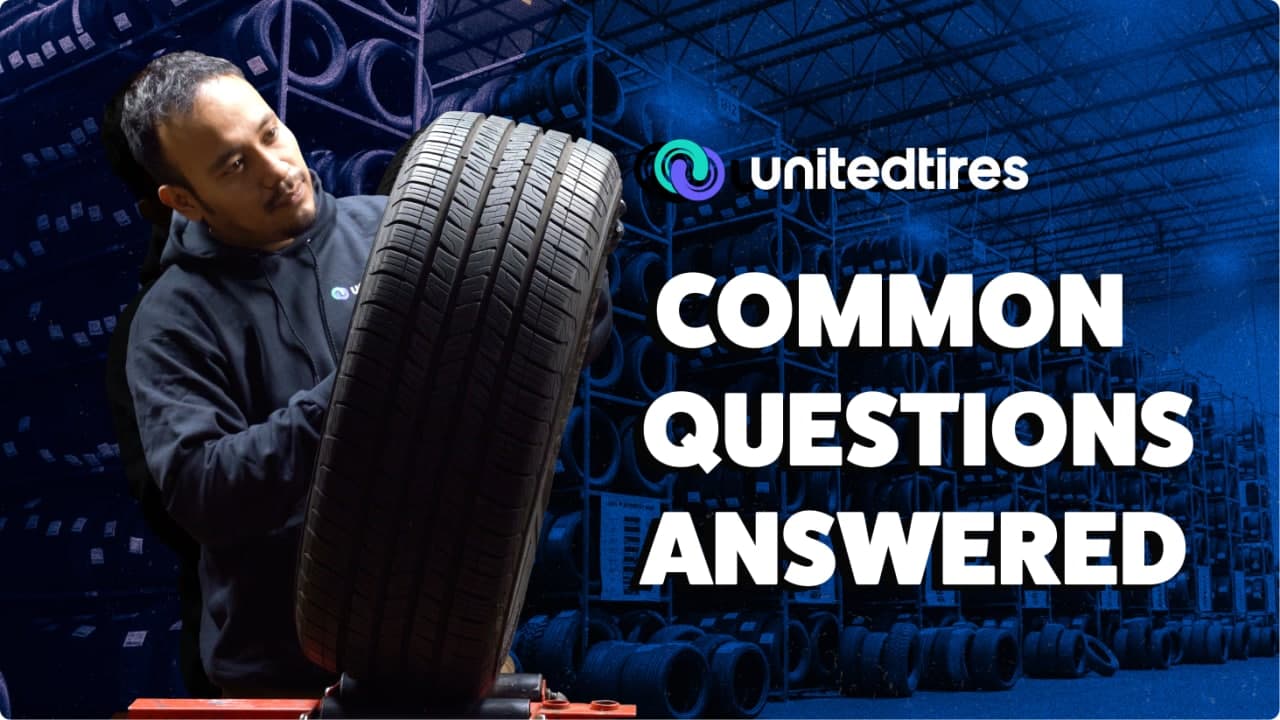All Categories
Featured
Table of Contents
The Michelin offered a comfy driving experience, characterised by responsive steering and a progressive understeer balance. Regardless of the cooler testing conditions, Michelin's regular time and grip over 3 laps suggests its suitability for real-world applications.
The tyre's very first lap was a second slower than the second, pointing to a temperature-related grasp increase. For day-to-day use, the Michelin could be a much safer bet.
Affordable Wheel Balancing Services Near Me – Caversham WA
It shared Michelin's secure understeer equilibrium however lacked the latter's determination to turn. Continental and Goodyear's performances were significant, with Continental's brand-new PremiumContact 7 revealing a significant improvement in wet problems compared to its predecessor, the PC6. This version was much much less conscious pack changes and acted similar to the Michelin, albeit with a little less communication at the limitation.
It integrated the safe understeer balance of the Michelin and Continental with some sporty handling, verifying both foreseeable and fast. As an all-rounder for this Golf GTI, Goodyear's Crooked range was the standout, showing remarkable efficiency in the damp. Ultimately, the Bridgestone Potenza Sporting activity took the crown as the fastest tire, albeit by a tiny margin.
This tire got grippier as it heated up, similar to the Yokohama. Motorists looking for an amazing damp drive may locate this tyre worth taking into consideration. The standout entertainer in damp stopping was the newest tire on test, the PremiumContact 7, though the results are nuanced. We performed damp stopping tests in 3 different methods, two times at the new state and as soon as at the worn state.
Reliable Tyre Installation – Caversham
Preferably, we desired the cold temperature test to be at around 5-7C, yet logistical hold-ups meant we tested with an average air temperature of 8C and water at 12C. While this was cooler than basic test problems, it was still warmer than real-world problems. The cozy temperature level examination was done at an average of 18C air and 19C water.
The 3rd run involved damp braking examinations on worn tires, specifically those machined to 2mm with a small run-in. While we planned to do more with these worn tyres, weather condition constraints limited our testing. It's worth keeping in mind that damp stopping is most essential at the worn state, as tires normally enhance in dry conditions as they use.

Bridgestone, Goodyear, and Michelin saw the least efficiency decrease when put on. The Hankook tire signed up the tiniest performance drop as temperature levels cooled down, yet it was amongst the most affected when used.
Tyre Packages – Caversham WA
The take-home message here is that no solitary tyre stood out in all aspects of damp stopping, showing a complex interplay of variables affecting tire efficiency under various problems. There was a standout tire in aquaplaning, the Continental completed top in both straight and rounded aquaplaning, with the Michelin and Goodyear also great in much deeper water.

Yokohama could take advantage of a little more hold, a problem possibly affected by the colder conditions. As for handling, all tyres carried out within a 2% variety on the lap, showing their top notch efficiency (Tyre performance). Nonetheless, thinking about these tyres essentially target the exact same customer, it's fascinating to observe the substantial differences in feeling.
The surprise is because the PremiumContact 6 was among my favourites for flashy dry drives, however its follower, the PremiumContact 7, appears more mature and appears like Michelin's efficiency. Amongst these, Hankook was the least exact in steering and interaction at the limitation. Tyre repair. Both Michelin and Continental offered beautiful initial guiding, albeit not the fastest
If I were to suggest a tire for a fast lap to a beginner, say my father, it would be one of these. We have the 'fun' tires, particularly Yokohama and Bridgestone. Both were speedy to steer and felt sportier than the others, however the trade-off is a more lively back side, making them much more challenging to deal with.
Honest High-performance Tyres
It provided similar steering to Bridgestone yet offered much better feedback at the limit and far better grasp. The Bridgestone Potenza Sporting activity, nonetheless, seemed to degrade quite promptly after just three laps on this demanding circuit. Last but not least, there's Goodyear, which positioned itself somewhere in between the enjoyable tires and those often tending in the direction of understeer.
All in all, these tires are superb performers. In terms of tire wear, the technique utilised in this test is what the industry refers to as the 'gold criterion' of wear.
Both the Bridgestone and Yokohama tyres considerably underperformed in contrast to the other four tyres in regards to rolling resistance, with Continental somewhat exceeding the remainder. Concerning the comfort level of the tires, as expected, most demonstrated an inverse connection with handling. The Continental, Michelin, and Goodyear tyres done ideal throughout various surface area types checked.

Bridgestone started to reveal indications of suppleness, while Yokohama was particularly jarring over fractures. We did gauge inner noise degrees; nevertheless, as is often the instance, the outcomes were closely matched, and because of weather restraints, we were not able to carry out a subjective analysis of the tires noise. We looked at abrasion figures, which determine the amount of tire tread shed per kilometre, normalised to a one-tonne car.
Affordable Cost-effective Car Tyres
This number stands for the amount of rubber dust your tyres generate while driving. Michelin led in this classification, creating over 9% less rubber particle issue. On the various other hand, Hankook generated 32% more. This is an aspect I believe the market should concentrate on more in the future, and it's something Michelin is advocating.
Latest Posts
Honest Tyre Sales Near Me
Best Tyre Rotation Services Near Me
Cost-effective Car Tyres Near Me (Embleton WA)